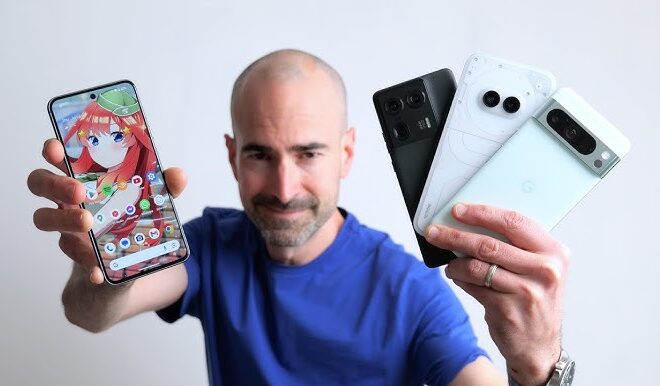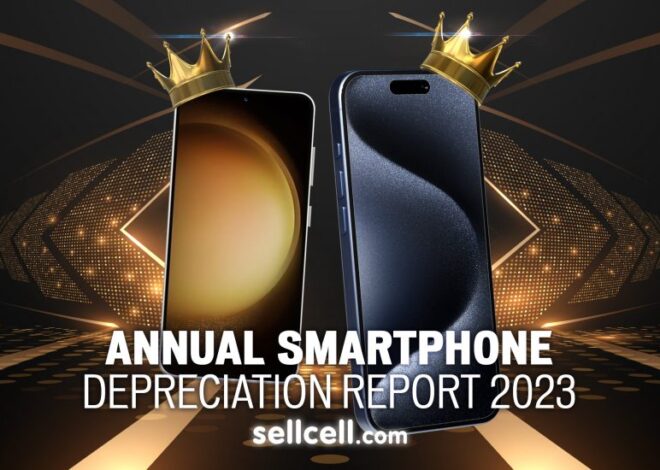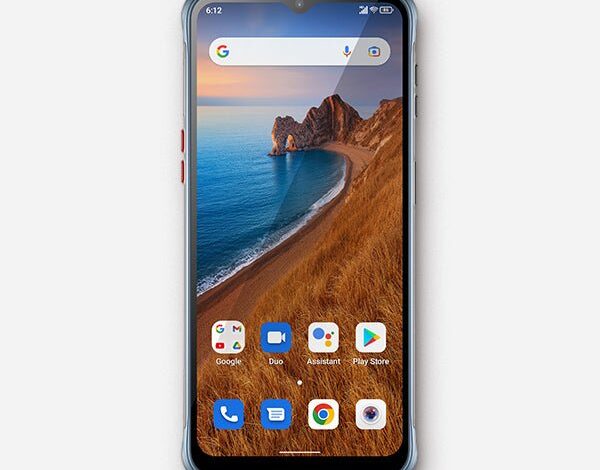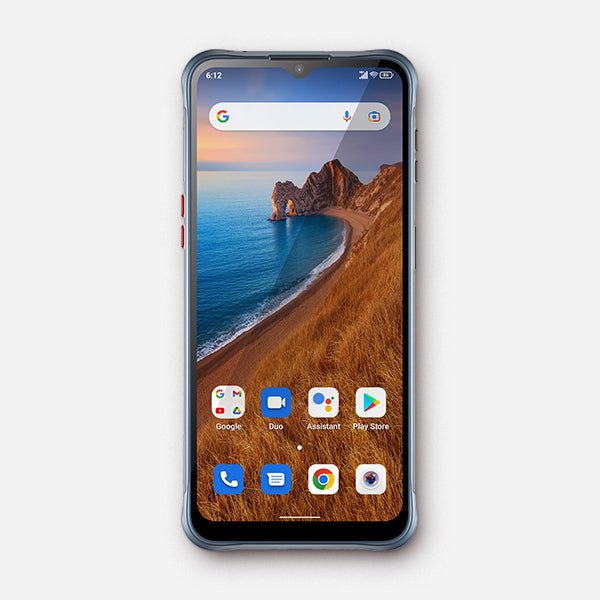
Android’s Exclusive Ecosystem: Why Your Next Smart Gadget Might Not Work With an iPhone
In the ever-expanding universe of consumer technology, the dream has always been one of seamless interoperability—a world where any gadget works with any phone, regardless of the brand. For years, the Android ecosystem championed this ideal of openness, standing in stark contrast to Apple’s famously curated “walled garden.” However, a significant shift is underway. Major players in the Android space, led by giants like Samsung, are increasingly developing sophisticated new devices that are not just optimized for Android, but are intentionally designed to be incompatible with iOS. This emerging strategy signals a new chapter in the platform wars.
This move goes beyond simple optimization; it’s a deliberate construction of a brand-centric ecosystem. From smartwatches with exclusive health features to the next generation of wearable technology like smart rings, the latest Android Gadgets are being engineered to create a deeply integrated, “sticky” experience. For the consumer, this presents a new and complex landscape. The allure of a perfectly harmonized suite of devices from a single brand is powerful, but it comes at the cost of flexibility. This article delves into the technical drivers, strategic motivations, and profound implications of this trend, offering a comprehensive guide for navigating the increasingly fragmented world of personal technology.
The Shifting Tides: From Open Compatibility to Curated Ecosystems
The philosophical divide between Android and iOS was once clear. Android was the platform of choice, openness, and customization, while iOS was the platform of curated simplicity and control. This extended to their hardware ecosystems, but the lines are now blurring as Android manufacturers adopt a more Apple-like strategy to build loyalty and differentiate their products.
A Brief History of Android’s “Open” Philosophy
In its early days, the strength of the Android platform was its diversity. You could buy a phone from HTC, a tablet from LG, and a smartwatch from Motorola, and they would all work together reasonably well. This open approach fostered a vibrant market for third-party accessory makers. Companies like Fitbit and Pebble (in its heyday) built their businesses on being platform-agnostic, creating wearables that worked equally well with an iPhone or any of the myriad Android Phones on the market. The core value proposition was user choice. This “bring your own device” mentality was a key differentiator from Apple, where the Apple Watch has, since its inception, been a dedicated companion to the iPhone, with no official support for Android.
The New Strategy: Building Brand Loyalty Through Exclusivity
The market has matured, and the focus for major manufacturers has shifted from simply selling hardware to building long-term customer relationships. The most effective way to do this is by creating an ecosystem that is so seamless and feature-rich that leaving it becomes a significant inconvenience. Samsung is at the forefront of this strategic pivot. While the Samsung Galaxy Watch is technically compatible with most Android phones, some of its most compelling health features, such as the electrocardiogram (ECG) and blood pressure monitoring, are exclusively reserved for users who also own a Samsung Galaxy smartphone. This is achieved by requiring the Samsung Health Monitor app, which is only available through the Galaxy Store.
The latest Android News points to this trend accelerating with new product categories. The emergence of smart rings, a new frontier in discreet health tracking, provides the perfect vehicle for this strategy. By making a device like a smart ring exclusive to the Android platform—and potentially offering its best features only to its own brand of phones—a manufacturer can create a powerful incentive for users to commit to their entire product family. It transforms the purchase of a single gadget into an investment in a broader ecosystem, dramatically increasing customer retention.
Under the Hood: The Technical and Strategic Drivers of Exclusivity
The decision to limit a device’s compatibility isn’t purely a marketing ploy. It is often rooted in a combination of deep technical integrations that are difficult to replicate across platforms and a clear business strategy aimed at creating a competitive advantage. Understanding these drivers reveals why the walls around these new Android ecosystems are being built.
Technical Hurdles and Deep Integration
Creating a truly seamless experience between a phone and a wearable requires more than a simple Bluetooth connection. Manufacturers are leveraging proprietary software and hardware links to unlock superior performance and functionality.
- Proprietary APIs and Frameworks: To enable advanced features like real-time health alerts or seamless data syncing, manufacturers develop their own Application Programming Interfaces (APIs) and software frameworks. For instance, Samsung’s Health Platform allows for deep integration between their wearables and the Samsung Health app. Replicating this functionality on iOS would require building an entirely separate software stack and navigating Apple’s strict API limitations, which may not even permit the same level of data access or system integration.
- Hardware-Software Synergy: When a company controls both the phone and the gadget, it can optimize the entire technology stack. This includes fine-tuning the communication protocols between the processor in the phone (e.g., a Qualcomm Snapdragon or Samsung Exynos chip) and the processor in the wearable. This synergy can lead to significant improvements in battery life, data transfer speeds, and connection stability—advantages that are lost when trying to support a wide range of hardware from different manufacturers, especially across different operating systems.
- Security and Data Integrity: For devices handling sensitive health data, maintaining a secure, end-to-end encrypted pipeline is paramount. By restricting a gadget to its own ecosystem of Android Phones, a manufacturer can control the entire data flow from the sensor on the user’s body to their cloud servers. This closed loop simplifies security audits and can be marketed as a more secure and private way to manage personal health information, avoiding data handoffs to third-party platforms like Apple Health.
The Business Case: Beyond Selling a Single Gadget
From a strategic perspective, ecosystem exclusivity is a powerful tool for long-term growth and market differentiation.
- Fostering Ecosystem Lock-In: The primary goal is to increase “switching costs.” A user who owns a Samsung phone, a Galaxy Watch, and Galaxy Buds is deeply embedded. If they consider switching to an iPhone, they don’t just have to buy a new phone; they must contemplate replacing their entire suite of interconnected Android Gadgets, which work together in a highly integrated fashion. This creates a powerful deterrent to leaving the brand.
- Data as a Competitive Moat: The vast amount of data collected by these devices—from sleep patterns and activity levels to stress metrics—is an invaluable asset. This data allows companies to refine their algorithms, develop new health and wellness features, and offer highly personalized insights. The richer the dataset, the better the service becomes, creating a virtuous cycle that further strengthens the ecosystem and makes it harder for competitors to match its capabilities.
- Competitive Differentiation: In a market saturated with similar-looking smartwatches and fitness trackers, exclusive features become a key selling point. The ability to advertise a unique capability, even if it’s software-locked to a specific brand of phone, helps a product stand out on a crowded retail shelf and in online reviews.
The Ripple Effect: What This Means for You and the Industry
The strategic shift toward closed Android ecosystems has significant consequences, creating new trade-offs for consumers and reshaping the competitive dynamics of the entire tech industry. This trend forces users to make more deliberate choices while potentially stifling certain forms of innovation.
The Consumer’s Dilemma: Choice vs. Cohesion
For the end-user, this new landscape presents a fundamental conflict. On one hand, the promise of a perfectly cohesive ecosystem is incredibly appealing. When your phone, watch, earbuds, and ring all come from the same manufacturer, they often deliver a “just works” experience that is difficult to achieve by mixing and matching devices. Features like seamless device switching for audio, consolidated notifications, and a unified health dashboard offer genuine quality-of-life improvements.

On the other hand, this cohesion comes at the direct expense of choice. The freedom to pair the “best-in-class” phone with the “best-in-class” wearable is diminished. Consider this real-world scenario: A user might love the camera and software experience of a Google Pixel phone but be captivated by the advanced sleep and activity tracking features announced for a new Samsung smart ring. In a world of platform exclusivity, they face a frustrating choice: forgo the cutting-edge gadget or undertake the significant cost and hassle of switching their primary mobile device and migrating their digital life. This forces a platform-level commitment for what used to be a simple accessory purchase.
Market Fragmentation and the Future of Innovation
This trend is likely to lead to a more fragmented smart device market, one characterized by several powerful, competing mini-ecosystems within the broader Android world. We are already seeing this with Google’s efforts to create a “Pixel-first” experience with its Pixel Watch and Samsung’s robust Galaxy ecosystem. This raises a critical question: does this environment help or hinder innovation?
There are arguments for both sides. The competition to build the most compelling and feature-rich walled garden can spur rapid innovation *within* each ecosystem. Companies will pour resources into developing exclusive hardware and software features to lure and retain customers. However, it may stifle broader, cross-platform innovation. Instead of collaborating on open standards that benefit all users, companies may hoard their technological breakthroughs to maintain a competitive edge. While standards like Matter are slowly unifying the smart home, a similar universal standard for wearables seems unlikely in the near future, as the strategic value of health and fitness data is simply too high for companies to willingly share access.
A User’s Guide to the Modern Gadget Ecosystem
As the walls around these ecosystems grow higher, consumers need to become more strategic in their purchasing decisions. Simply choosing a gadget based on its standalone features is no longer enough. Here are some best practices and recommendations for navigating this new reality.
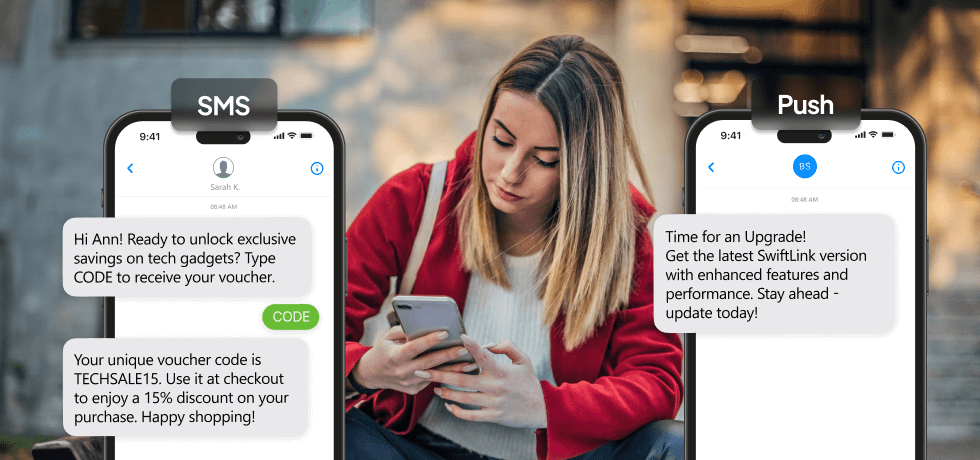
Making Informed Purchasing Decisions
- Tip 1: Research Beyond the Spec Sheet. Before purchasing any new Android Gadget, especially a wearable, it’s crucial to investigate its compatibility requirements thoroughly. Don’t just look at the list of features; scroll down to the fine print on the product page or read in-depth reviews. Look for specific language like “Requires Android 10 or higher,” “Full functionality requires a Samsung Galaxy smartphone,” or “iOS support not available.” This due diligence can prevent significant buyer’s remorse.
- Tip 2: Consider Your Long-Term Platform Commitment. Think of your smartphone as the anchor of your personal tech ecosystem. If you are someone who frequently switches between different brands of Android Phones or even considers moving to an iPhone, you should prioritize platform-agnostic gadgets. Committing to a device with exclusive features ties you more tightly to your current phone’s brand, making a future switch more difficult and expensive.
- Tip 3: Understand the Feature Gaps. Be aware that “compatibility” is not always a binary concept. A device might be technically compatible with your phone but have a reduced feature set. For example, a Galaxy Watch connected to a non-Samsung Android phone will handle notifications and basic fitness tracking perfectly well, but you will lose access to the advanced health sensors. Always ask: “What features will I be missing out on by not using the recommended phone?”
The Enduring Value of Platform-Agnostic Alternatives
For users who value flexibility above all else, there is still a strong market for platform-agnostic devices. Brands like Garmin have built their reputation on creating high-performance fitness watches that offer an identical, feature-complete experience on both Android and iOS. Similarly, companies like Oura, a pioneer in the smart ring category, ensure their products are fully functional across both major mobile operating systems. Choosing one of these alternatives means you may sacrifice some of the hyper-convenient, seamless integration of a single-brand ecosystem, but you gain the freedom to choose your next phone without having to replace your favorite wearable.
Conclusion: A New Era of Deliberate Choices
The world of Android is undergoing a fundamental transformation. The original ethos of universal openness is giving way to a more strategic, ecosystem-centric approach, mirroring a strategy that has long been successful for Apple. This shift, driven by a potent mix of technical necessity and shrewd business planning, is creating a new generation of powerful Android Gadgets that are deeply integrated but intentionally exclusive. For consumers, this marks the end of an era of casual, mix-and-match tech purchasing.
Moving forward, every gadget purchase, particularly in the health and wellness space, becomes a more deliberate investment in a specific ecosystem. The trade-off is clear: the deep, seamless cohesion of a single-brand experience versus the freedom and flexibility of platform-agnostic devices. There is no single right answer, but one thing is certain—the most empowered consumers will be those who understand this changing landscape and make conscious, informed decisions that align with their long-term technology habits and preferences.

